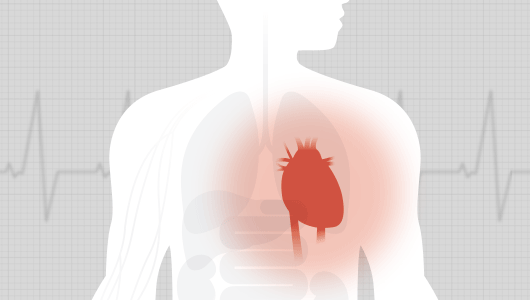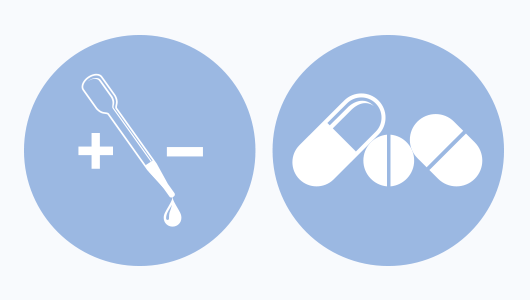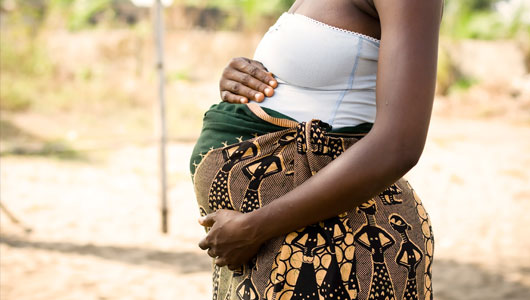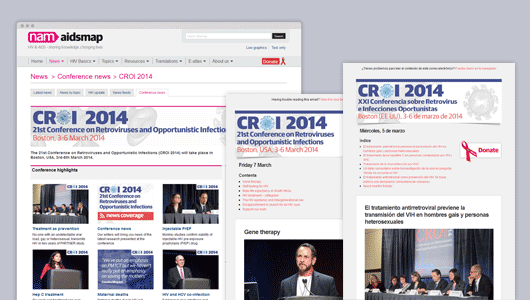
Cardiovascular disease has become a major cause of serious illness and death in people living with HIV. The exact reasons are unclear, but could include the damage caused by untreated HIV infection, the side-effects of some antiretroviral drugs and traditional risk factors such as diet and smoking.
The relationship between HIV and the risk of heart attack was the subject of several studies presented at CROI. There were some promising signs that improvements in HIV treatment could be normalising rates of heart attack among people living with HIV.
Researchers in California compared rates of heart attack in almost 25,000 people living with HIV and 250,000 HIV-negative people of the same age and sex, between 1996 and 2011.
Overall, those with HIV were 40% more likely to have a heart attack. But the relationship between HIV and heart attack risk diminished over the course of the study, and in 2010-11 people living with HIV and HIV-negative people had a similar level of risk.
But the study population comprised individuals enrolled in a health insurance plan and 91% were male, so the researchers caution that their findings might not be applicable to other groups, in particular to women.
Separate research involving over 2000 women receiving care via the US Department of Veterans Affairs showed that HIV was associated with a threefold increase in the risk of heart attack and that heart attacks occurred at a younger age in women with HIV.
Other research showed a relationship between a lower CD4 cell count and heart attack risk, whereas a study involving older people showed that HIV increased the risk of heart attack by approximately 40%.
Have these studies clarified the relationship between HIV and cardiovascular risk? The startlingly contrasting results of the Californian study involving people with private health insurance and those from the Veterans Affairs cohort suggests that traditional risk factors and the effects of poverty may be important in determining which people living with HIV have an increased risk of heart attack.









Connect with NAM on Facebook: Keep up to date with all the exciting projects, latest achievements and new developments that are going on in the world of NAM.
Follow NAM on twitter for links to hot off the press news stories from our editors covering key developments and conferences as they happen. Our news feed is linked to www.twitter.com/aidsmap_news and we also tweet from www.twitter.com/aidsmap.
Follow all the conference news by subscribing to our RSS feeds.